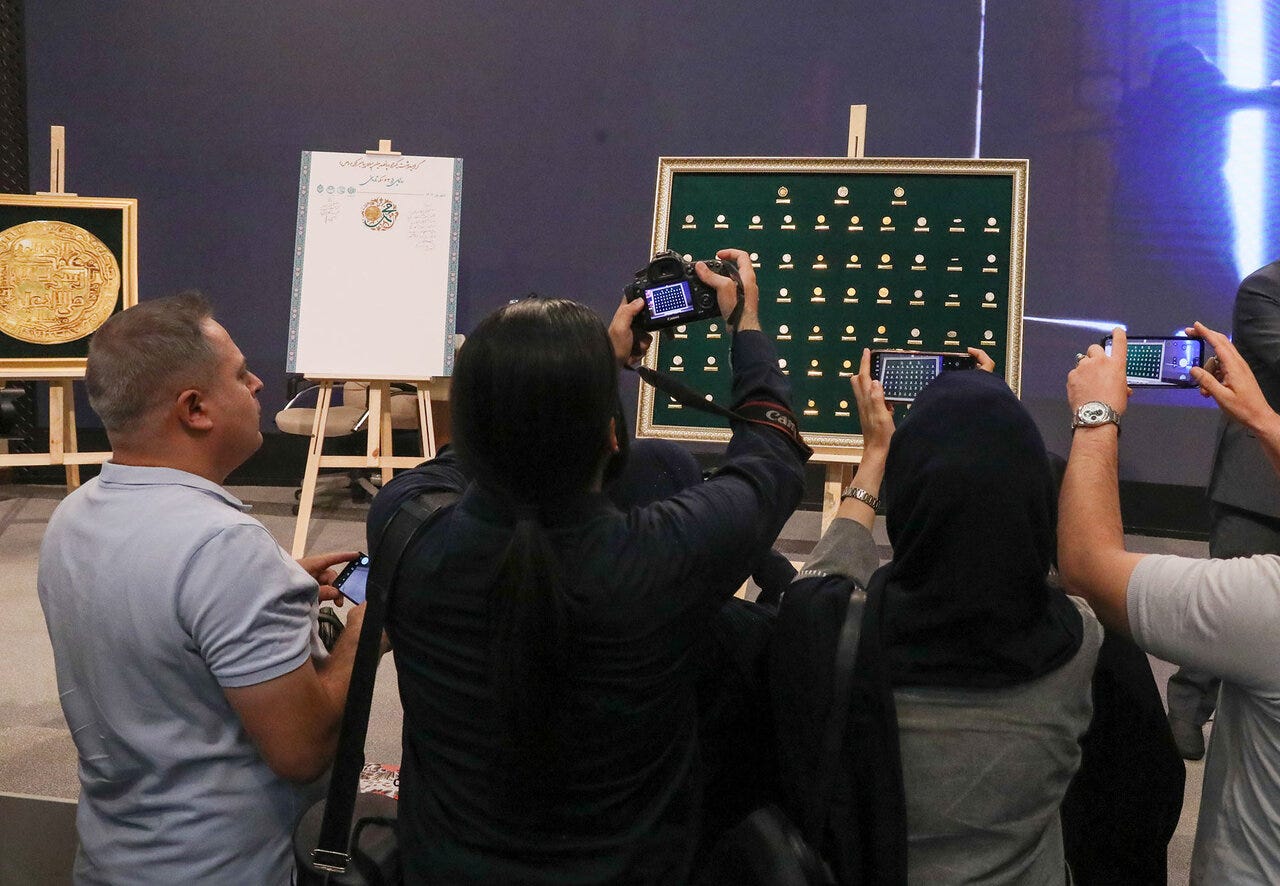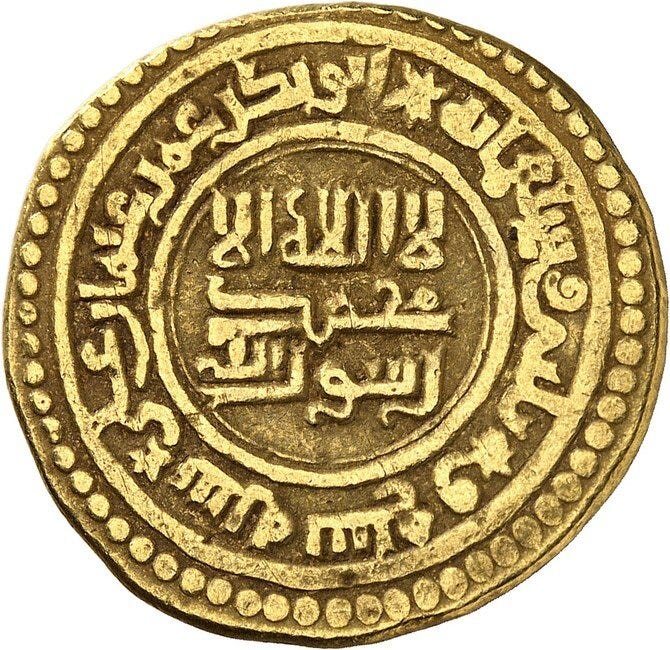Echoes of the Prophet: 63 Historical Coins Bearing His Name
63 Coins, 63 Years: A Spiritual Journey Through Numismatic History
A Journey Through Time, Faith, and Heritage in Iran
In a historic unveiling coinciding with Islamic Unity Week and the 1,500th anniversary of the Prophet Muhammad’s (PBUH) birth, Tehran’s Dafineh Museums Institute revealed a collection of 63 historical coins—each inscribed with the Prophet’s revered name. The number itself holds deep symbolism, marking the 63 years of the Prophet’s earthly life.
A Ceremony of Unity
On September 7, 2025, dignitaries, scholars, and cultural leaders gathered at Shahid Zahedi Hall in Tehran to celebrate this rare numismatic treasure. Shortly after, the coins were moved to Mashhad, where they are being displayed at the Astan Quds Razavi Museum—just steps away from the sacred Shrine of Imam Ridha (AS)—for two weeks of public viewing.
For pilgrims, this creates a rare opportunity: to combine spiritual devotion at one of the holiest Shia shrines with a close encounter with tangible history that echoes the Prophet’s legacy.
The Spiritual Weight of the Coins
These coins are not mere currency—they are witnesses of centuries of faith:
Origins in the Prophet’s era: Dinars and dirhams circulated in his lifetime, before Islamic coinage reforms under Caliph ‘Abd al-Malik ibn Marwan shifted to inscriptions declaring faith.
Inscribed with Muhammad’s name: From the Abbasid to the Qajar dynasties, rulers across lands ensured that the Prophet’s name remained central in their coinage.
Geographic reach: Found across Persia, the Levant, Mesopotamia, North Africa, Central Asia, and the Indian subcontinent—demonstrating how Islam’s spiritual heritage transcended borders.
Sacred symbolism: Each coin transforms an economic instrument into a devotional artefact, embedding remembrance of the Prophet in daily life.
Why Pilgrims Should Visit
For ShiaJourneys travellers, this exhibition offers more than historical education—it provides a chance to connect spiritually through material heritage.
Mashhad Experience: Begin with ziyarat at the Shrine of Imam Ridha (AS), then walk to the Astan Quds Razavi Museum to view the coin collection. This creates a dual spiritual encounter—one rooted in living pilgrimage, the other in preserved history.
Tehran Stopover: While the coins were first unveiled in Tehran’s Dafineh Museum, the museum itself remains a cultural gem worth visiting for those arriving through the capital. Its curated collections, now reorganised and documented, offer context to Iran’s broader heritage.
Linked Journeys: Many pilgrims combine Mashhad with other Iranian holy sites—such as Qom (Shrine of Lady Masouma SA) and Shiraz (Shah Cheragh Shrine)—turning the journey into a complete pilgrimage across Iran’s sacred geography.
Travel Tips for ShiaJourneys Readers
Best Time: The exhibit coincides with Islamic Unity Week (between 12th–17th Rabi al-Awwal), making it a spiritually charged period for travel.
Access: The coin collection is temporarily in Mashhad. Afterward, consult local museum updates to see if the coins return to Tehran or continue touring.
Nearby Sites: In Mashhad, besides the shrine and museum, travellers can explore the city’s historic bazaars, traditional teahouses, and Qur’anic schools.
Tours & Assistance: ShiaJourneys can help organise these pilgrimages, combining ziyarat at holy shrines with visits to cultural landmarks like the Dafineh Museum and the Astan Quds Razavi Museum. This creates a holistic journey of both faith and history.
Final Reflection
To stand before these 63 coins bearing the name of Muhammad (PBUH) is to hold a mirror to history itself—coins that once passed through the hands of believers, merchants, and rulers now become relics of remembrance. For the modern pilgrim, they are more than artefacts: they are timeless echoes of the Prophet’s presence, preserved in silver and gold.
With ShiaJourneys, visitors can experience this profound exhibition not only as spectators of history but as travellers on a sacred path, linking the Prophet’s memory to the living heartbeat of Iran’s holy shrines.



